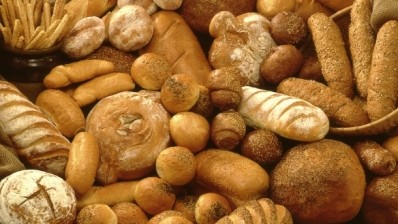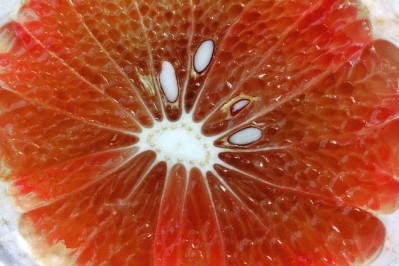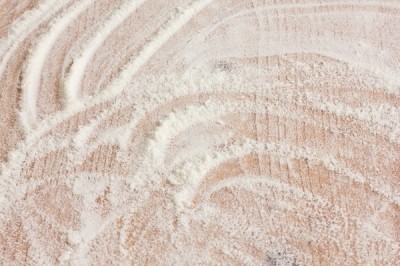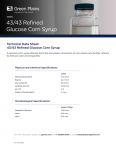The eco-health benefits of fortifying bread with fruit by-products: study
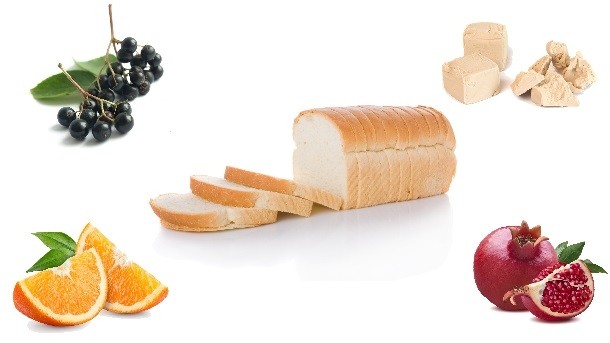
A 2017 study by scientists from the University of Porto in Portugal looked into the organoleptic properties of wheat bread made with added orange (OE), elderberry (EE) and pomegranate (PE) by-products (BP), as well as spent yeast (YE) BP.
Fruit BP is an appealing source of dietary fiber (DF) as well as other nutritional sources, said the researchers. (see table below).
However, the down side is the presence of some naturally occurring compounds, such as phytic acids that decrease mineral bioavailability, and tannins that reduce protein digestibility and can be astringent and bitter.
These compounds can also impart a darker color and could affect the crumb, which certainly could affect consumer preference.
- Oranges are mainly composed of dietary fiber.
- Pomegranates have a high quantity of proteins and dietary fiber, are an important source of minerals and contain polyphenols and flavonoids.
- Elderberries are a good source of anthocyanin and other polyphenols, vitamins and dietary fiber.
- Spent yeast is rich in β-glucans and a source of vitamins and chromium.
The Portuguese scientists used extracts obtained from oranges, pomegranates, elderberry peels, interior membranes and seeds, and spent yeast together with bread ingredients (wheat flour, flour improver, fresh yeast and salt, supplied by Forno de Espinho Bakery, using home-making bread machines).
Nine different bread formulations were produced with the addition of the fiber rich extracts, including concentrations of:
- 5%, 7% and 10% EE
- 2.5% and 7% OE
- 5, 7% and 10% PE
- 2.5% YE
For the control bread, no extracts were added.
Sensory profile
A trained sensory panel composed of 13 University of Porto undergraduates, graduates and employees evaluated the sensory profile of the bread samples.
A score card was developed to evaluate attribute intensities (minimum = 1; maximum = 7) and anchors defined for selected attributes. The score card was tested by the panel using unknown representative samples.
A list of 17 attributes was selected for bread descriptive profiles: 5 overall appearance related attributes (“Crust color,” “Crumb color,” “Cell size,” “Homogeneity” and “Moist”); 3 odor-related attributes (“Yeast,” “Secondary odor” and “Odor intensity”); 7 aroma-related attributes (“Salty,” “Sour,” Bitter,” “Astringent,” “Secondary,” “Aftertaste” and “Aroma intensity”); and 2 texture-related attributes (“Crunchy crust” and “Cohesiveness”).
Sixty consumers, aged between 20 and 50 years, also participated in the trial.
Acceptance testing was conducted using a 7-point hedonic scale (7 = like extremely, 1 = dislike extremely) to assess the overall acceptability.
Consumer preference
The results of the study showed that fortification from the four different BP was promising.
The major goal of this study was to select which concentration of extract was best accepted by the sensory panel and the consumers, particularly by evaluating the colour and crumb structure in relationship with the sensory profile.
Consumer preference selected concentrations of fiber-rich extracts with best acceptance, namely elderberry (EE) 7%; pomegranate (PE); 5%; and orange (OE) and spent yeast (YE), both 2.5%.
The scientists also reported another benefit in using OE, PE, EE and YE in the making of breads is the alternative to waste disposal.
Moreover, noted the researchers, it may also contribute to indirect income generation.
Study:
Authors: ZE Martins, O Pinho, and IMPLVO Ferreira
Journal of Food Science
doi: 10.1111/1750-3841.13837

